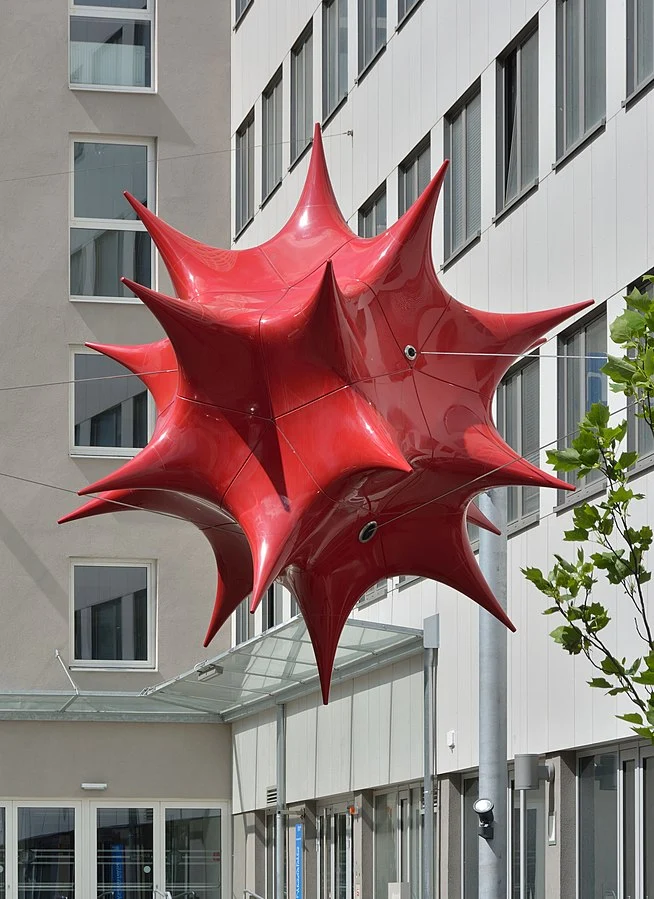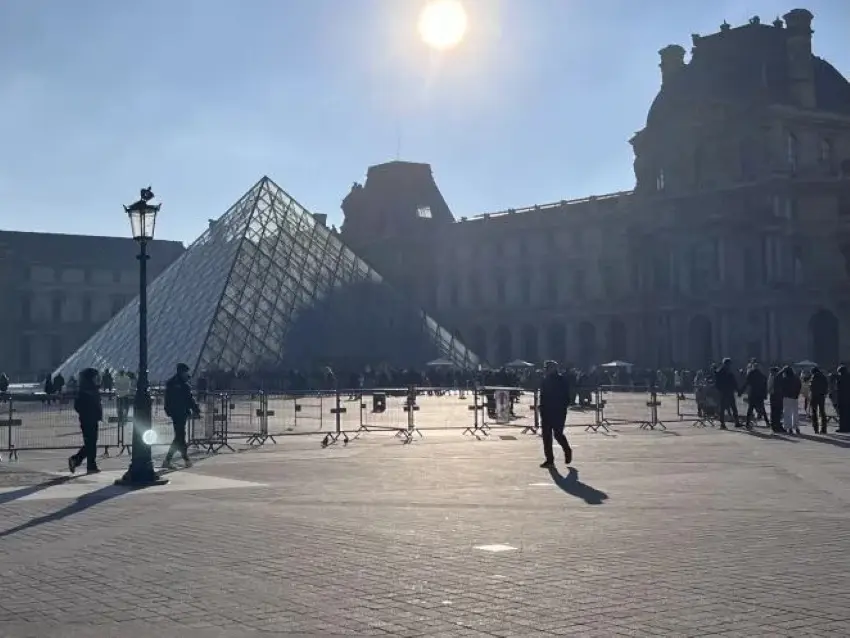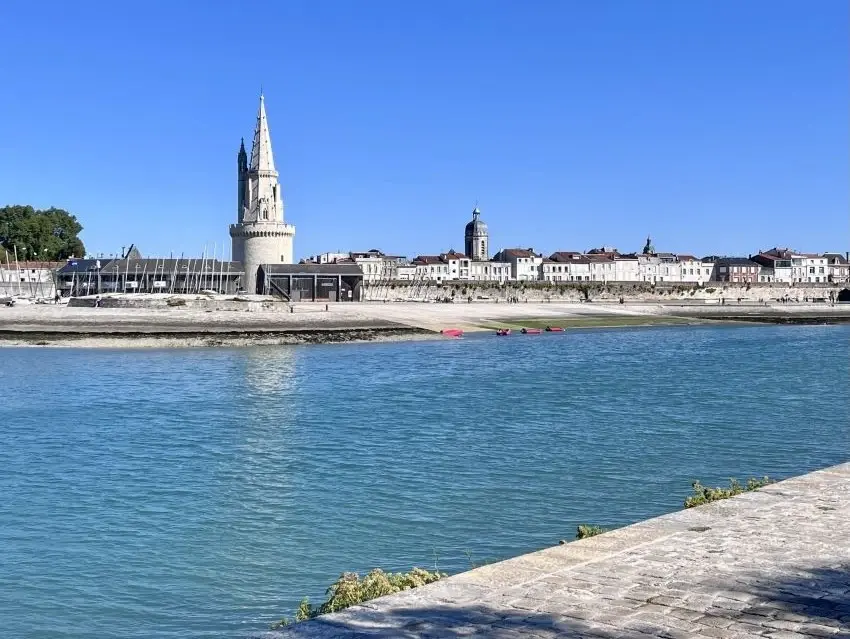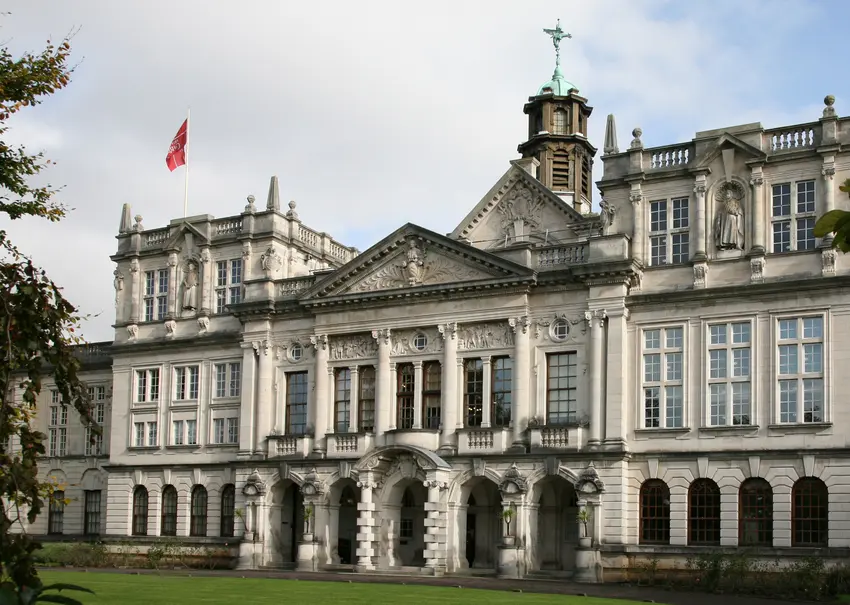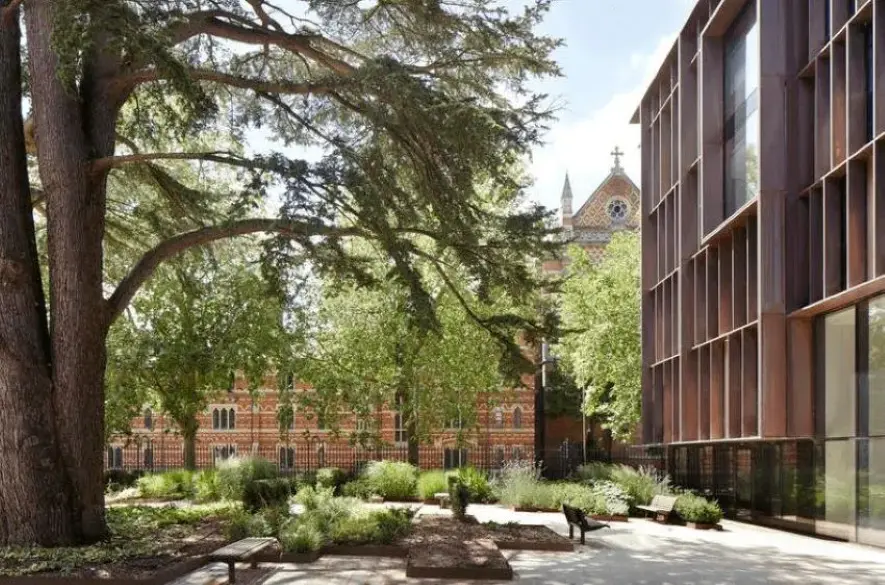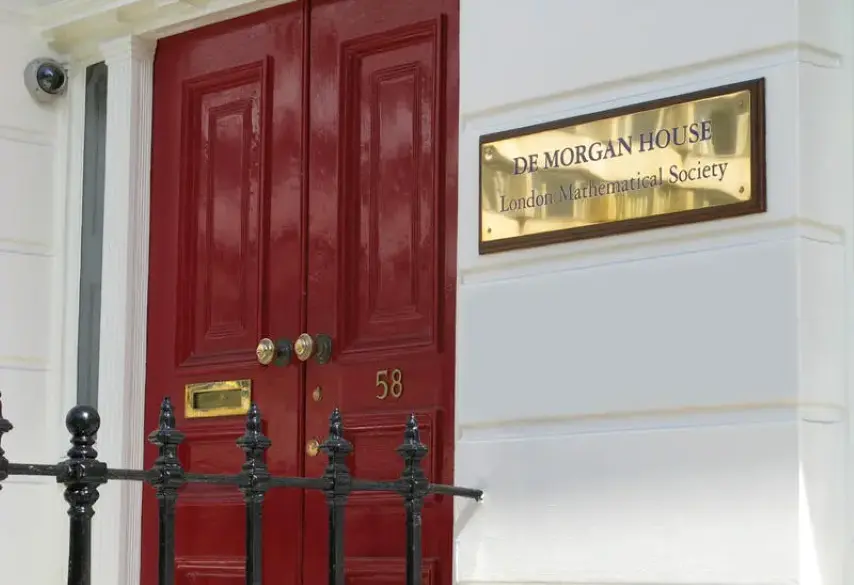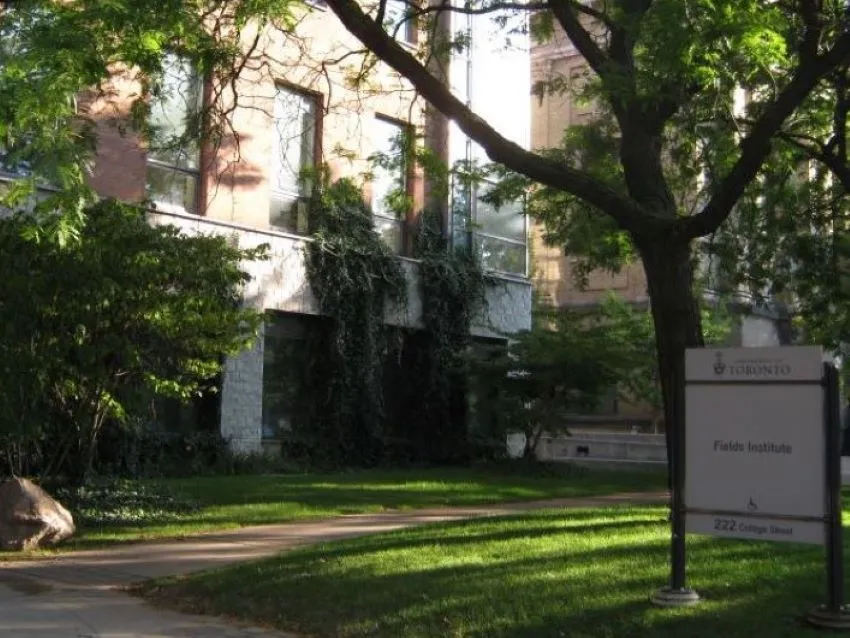Research Interests
My research interests are many-fold, though predominantly revolve around geometry, topology, and PDE theory, as well as their application to problems in mathematical physics. Feel free to Contact Me if you have any questions or would like to propose a project or collaboration. What follows is a summary of some of my research, past and present:
Monge–Ampère Geometry and the Topology of Vortices
First and foremost, my studies focus on the application of Monge–Ampère geometry and higher (categorified) symplectic geometry to classifying the properties of fluid dynamical flows. On the geometric side, I am interested in extended generalised (para-)complex structures and how their deformations may be used to map between equivalent equations. In particular, I wish to use such structures to classify higher dimensional Monge–Ampère equations and extensions thereof.
Motivating this study is the parallel problem of providing a consistent geometric description of vortices in a fluid — the Poisson equation for the pressure of an incompressible fluid flow is of Monge–Ampère type and induces structure which acts as a diagnostic tool for the dominance of vorticity and strain, indicating where vortices might form. Techniques such as geometric numerical integrators may be used to model how such a vortex might evolve and provide justification for analytic models like geometric flows.
This work is part of a collaboration with Volodya Rubtsov and my supervisors Martin Wolf and Ian Roulstone as part of my PhD and is currently funded by an STFC studentship. This project is also supported by a 3-month visiting fellowship from the HERI department of the French Embassy in the UK to collaborate with Vladimir Salnikov in the CNRS laboratory at La Rochelle University, France.
Cellular Automata on Aperiodic Monotiles
Inspired by the discovery of the first aperiodic monotile (or Einstein tile), I have also recently begun investigating the properties of cellular automata such as Conway's Game of Life and Langton's Ants on aperiodic tilings of the Euclidean plane. It is known that on a regular grid, both of these exemplary automata are Turing complete and sustain computation, however aperiodic tilings do not admit translational symmetry, hence it remains to be seen whether the same is true for these automata on aperiodic tilings. We aim to produce simulations of these automata in code, before investigating the problem mathematically.
This work is part of a collaboration with Jamie Gabbay.
Synthetic Lorentizan Geometry and Globalisation of Curvature Bounds
Building on my work under the LMS undergraduate research bursary (URB-18-19-70) with James Grant, I am interested in establishing results in the relatively new field of synthetic Lorentzian geometry. The fundamental objects of study are Lorentzian pre-length spaces, which are to smooth spacetimes, what metric spaces and Alexandrov geometry are to smooth Riemannian manifolds. Such low regularity structures are of special interest in general relativity. In particular, my current work involves the study of (local) curvature bounds via triangle comparison and the globalisation of these bounds.
This work is part of a collaboration with Tobias Beran, Felix Rott, and John Harvey.
The Algebraic Bethe Ansatz for su(2) Spin Chains and Beyond
Finally, the topic of my MMath final year thesis concerned the application of the Algebraic Bethe Ansatz to particles with spin, in particular to isotropic Heisenberg chains of particles with fundamental representation given by su(2) and su(3). The nested Bethe equations and their eigenvalues were re-derived in full detail and preliminary steps towards the construction of the universal R-matrix were made.
This work was carried out under the supervision of Alessandro Torrielli and Andrea Prinsloo.
